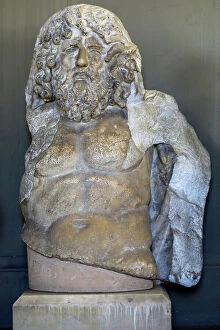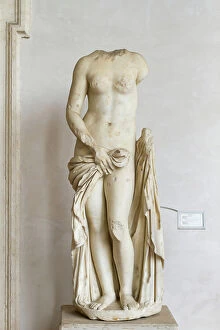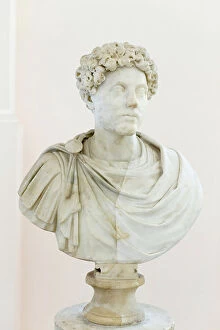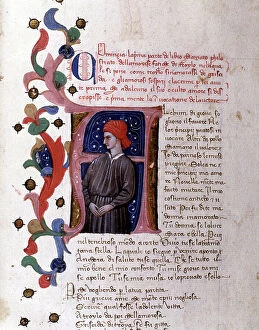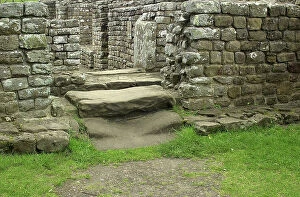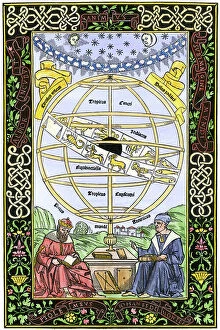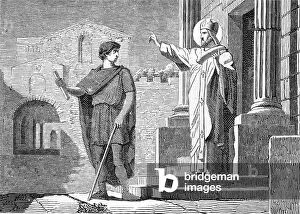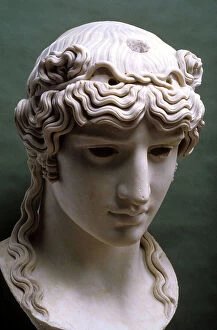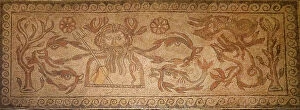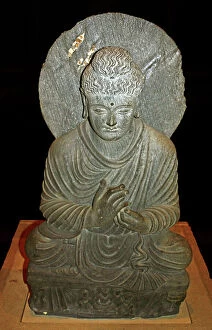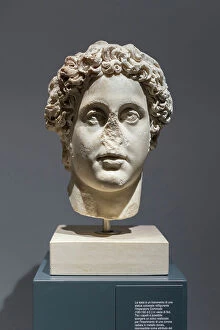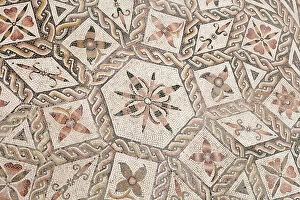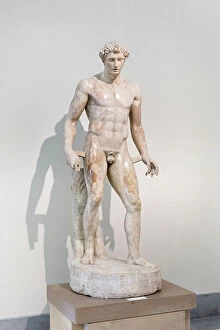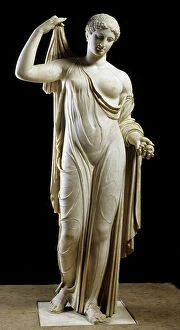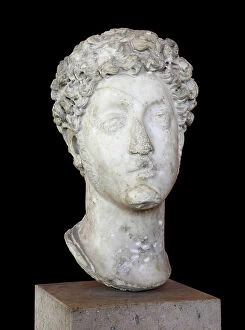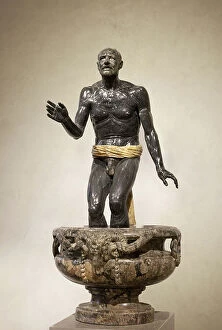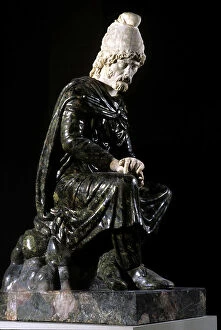Second Century Collection
In the second century, art flourished in various forms and materials
All Professionally Made to Order for Quick Shipping
In the second century, art flourished in various forms and materials. From the delicate marble sculptures to the intricate tapestries, this era showcased a remarkable range of artistic expressions. One such masterpiece is "The Sleeping Hermaphrodite, " a copy after an original from the 2nd century BC. Gian Lorenzo Bernini added a mattress to this stunning marble sculpture, creating a sense of comfort and vulnerability. Moving on to textiles, we have the captivating tapestry known as "Return of Marius Aurelius. " Created between 1450-1500 in Flanders or Tournai, this woolen artwork tells a story through its intricate designs and vibrant colors. Ceramics also played an essential role during this period. The Seated Ballplayer and Standing Ballplayer are two ceramic figures that showcase ancient sporting activities. These pieces offer us insights into the athletic culture prevalent in society during those times. Another fascinating artifact is the Cosmetic Palette made from schist dating back to the 2nd-3rd century AD. This beautifully carved object was used for grinding cosmetics, reflecting both practicality and aesthetic appeal. Marble sculptures continued to captivate audiences with their lifelike representations. Leda of the "Naples Uffizi" type depicts a mythological scene frozen in time, showcasing incredible attention to detail. The Group of Pan and Daphnis sculpture from the 2nd century mesmerizes viewers with its dynamic composition and exquisite craftsmanship. It captures a moment filled with movement and emotion. Among these masterpieces stands out one particularly iconic figure: The Farnese Hercules. Carved in marble during the 2nd century AD, it portrays strength personified—a symbol of power that has endured throughout history. Head of Xenocrates on a herm offers us glimpses into individual portraits from this era—depicting not only physical features but also conveying character traits through facial expressions captured skillfully in marble.


